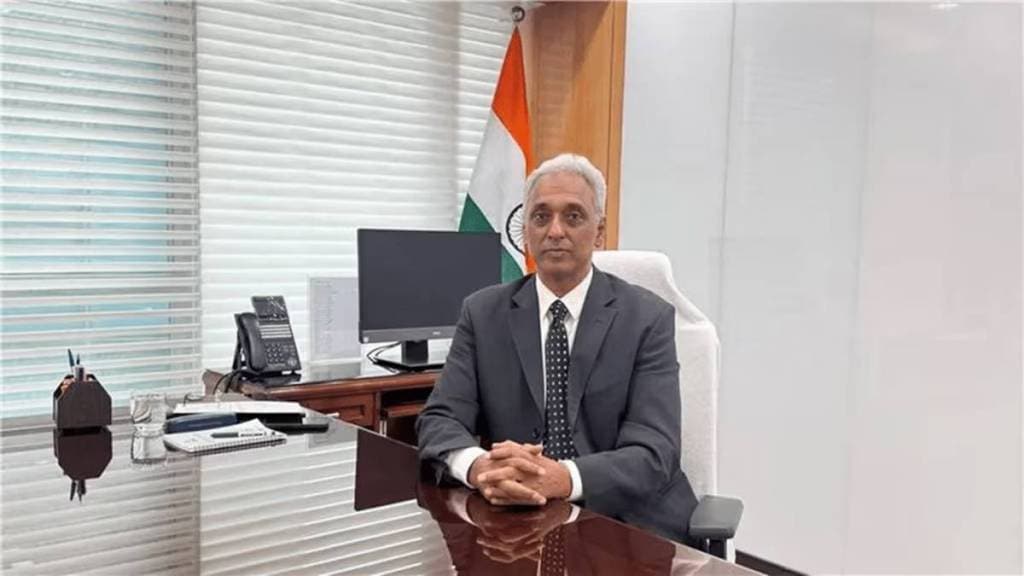The Pension Regulatory and Development Authority (PFRDA) has set an ambitious target to more than triple the National Pension System subscriber base from 80 million now to 250 million in five years, its chairman Sivasubramanian Ramann said on Monday. This, he said, will be enabled with a slew of reforms to be undertaken over the next one month, which will maximise benefits and relax the exit norms for the non-government subscribers.
Speaking to FE, Ramann said the regulator is in the process of working out revised investment norms for the private sector subscribers, giving them leeway to invest in commodities like gold and silver, which are seen as good hedges against inflation. In the revised investment guidelines to be rolled out in November, PFRDA may also permit fund managers to invest a portion of NPS funds in the shares of companies other than the top 200 listed companies permitted now, he said.
With the government sector subscribers (Centre and states) saturated and most of which are likely to eventually shift to the Unified Pension (UPS) scheme that guarantees 50% of the last drawn salary (average basic pay of the last 12 months of service) as pension, the pension regulator is set its eyes on the privates sector, especially the unorganised sector workers to drive NPS growth.
What did the PRDA chief say?
“The sectors we are targeting include Farmer Producer Organisations (FPOs), self-help groups (SHGs), MSMEs, platform workers, as well as people from APY who want to graduate to more aspirational (for investing in retirement plans),” the PFRDA chief said. Similarly, there are a lot of aspirational women in the 9 million-strong SHGs who have mobilised 100 million to increase their livelihood through small businesses. “This is the same group that we should tap for them to put away 10 rupees every day into their NPS account,” he said.
“We hope to get 250 million persons under NPS and Atal Pension Yojana (APY) put together,” he said, acknowledging that it’s a very tough target but a must to secure the financial security of citizens who are often duped in fraudulent schemes. The non-government subscribers under NPS is about 80 million. Of this, the government-backed APY subscribers, which guarantee up to Rs 5,000 pension, constitute the largest block with 681 million, and the balance is made up of corporate sector employees and citizens who have volunteered to subscribe.
Need for a robust distribution network
The pension regulator highlighted the need for a robust distribution network, digital onboarding, and increased commissions for distributors to make this ambitious goal materialise in the next five years.
Distribution is a weak link for NPS penetration in the country. To counter this, the PFRDA may double the commissions to the distribution network.
In a move aimed at popularising the NPS among the employees in the non-government sector, the PFRDA has permitted fund managers to customise and offer multiple schemes with equity exposure up to 100% to private-sector subscribers, from October 1. This contrasts with the current system, where PFRDA allows one scheme per subscriber with predetermined investment options, with equity exposure capped at 75%.
Similarly, it has floated draft papers to make it easier to exit with withdrawal of up to 80% corpus for private-sector NPS subscribers, and new options for subscribers for wealth maximisation, assured benefits with inflation protection, and predictable retirement income through innovative mechanisms such as pension credits.
“The exit regulations actually quite a large reform. So, in about 30 to 45 days from today, we should be able to complete the entire cycle (of reforms in NPS),” Ramann said.
The AUM for all schemes under NPS rose 23% on year to Rs 14.4 lakh crore in FY25, while the non-government sector, including corporate subscribers’ AUM, grew by a robust 29% on year to Rs 2.91 lakh crore. Returns for the NPS subscribers have been around 9.3% since inception.


